A small parts washer is a cleaning innovation for small part producers. A small parts washer is a small, continuously producing inclined conveyorized washing device that is especially suited for cleaning at the point of manufacture. They are ideal for cleaning tiny components like stampings, bearings, and screw machine items. This small conveyorized system is designed for one-at-a-time, continuous part cleaning at the manufacturing facility. Read More…
Niagara Systems LLC has offered turnkey custom parts washing systems for over 80 years. With our customization capabilities, our parts washing systems stand out from the competition.
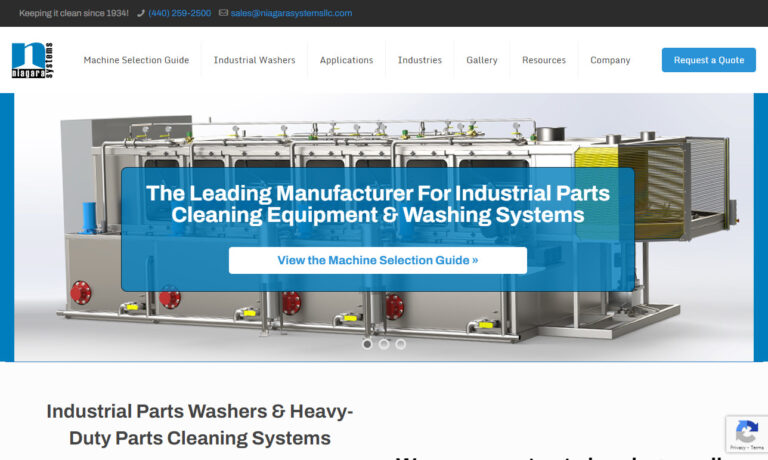
Great Lakes Finishing Equipment, Inc. specializes in supplying parts washers for even the most demanding cleaning jobs. Equipment includes table washers, drum washers, aqueous rotary baskets, aqueous belt washing systems, & more. Let our parts washing specialists assist you with your specific washing applications. Contact us today for all of your parts washer needs.
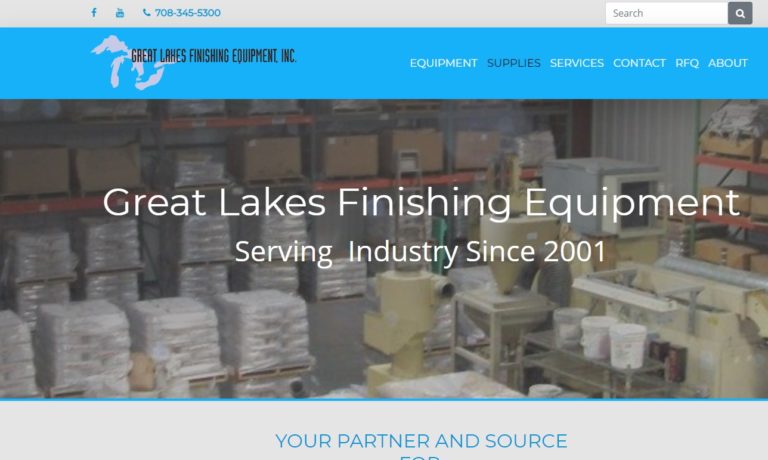
Need help with a parts washer to clean your dirty parts? Contact StingRay to get a quote for an engineered parts washer. StingRay Parts Washer offers a complete solution to your cleaning needs which includes fixturing of your parts, industry approved detergent, engineered parts washer, and the most complete customer service in the industry.
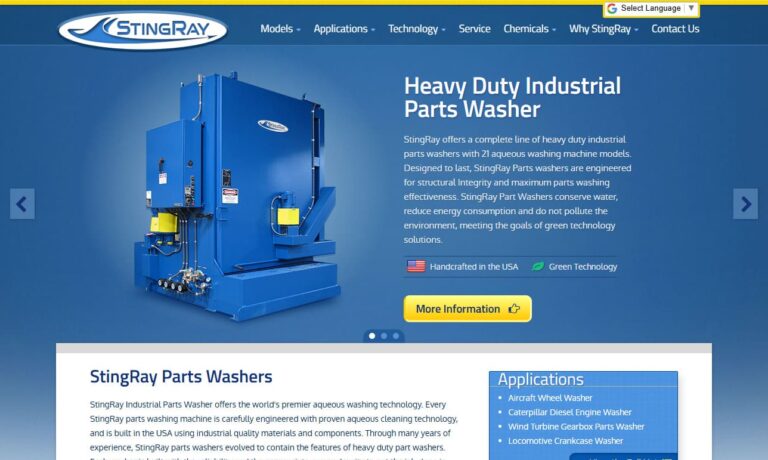
More Small Parts Washer Manufacturers
This piece of equipment is used to clean workpieces of pollutants or debris such as dirt, filth, carbon, oil, grease, metal chips, cutting fluids, mold release agents, ink, paint, and corrosion. To clean, degrease, and dry bulk loads of small parts in preparation for assembly, inspection, surface treatment, packaging, and distribution, small parts washers are used in new production and remanufacturing operations.

Small parts washers can be quite sophisticated, multi-stage equipment with pass-through parts handling systems or as straightforward as the manual "sink-on-a-drum" seen in many vehicle repair shops. In addition, small parts washers are crucial for cleaning fasteners, nuts, bolts, and screws. Small parts washers normally clean parts automatically in a closed cabinet, but pressure washers typically have a single spray jet positioned at the end of a manually operated wand. This classification distinguishes small parts washers from pressure washers. Many steps in the finishing process can be combined into one with the help of this modern industrial technology. Small parts washers can load, wash, rinse, dry, and unload components in an automatic cycle as a part of the production process.

Types of Small Parts Washers
Solvent-Based
In 1954, the first parts washer using solvents were made. The parts washer was an instant hit, so in the early 1960s, the decision not to sell this invention but to lease it to the user and maintain it by replacing the old solvent was made. A settling basin at the washer's bottom holds many gallons of solvent used in solvent-style parts washers. Clean solvent is skimmed off near the top of the settling tank using a small flame-tight electric liquid pump, which then pushes it at low pressure through a stiff flexible nozzle onto a metal grating above the liquid where the metal components rest. Heavy greases that have disintegrated and fallen to the bottom of the tank are covered in dirt. In the past, solvent-based manually operated parts washers employed mixes of oil distillates like gasoline, diesel fuel, lacquer thinner, or kerosene. Still, these are highly volatile and quickly ignite, potentially resulting in an explosion and severe burns to the workers. The solvent-based "tub" washer often features a sizable lid that is held open by a lead fusible link because of this. If there is a fire, the lead will melt, and the lid will crash shut to put it out before it can harm the building. Due to the environmental and safety risks connected with solvent-based systems, there has been a noticeable trend towards aqueous-based systems since the early 1990s
Aqueous-Based
A huge dishwashing machine is similar to an aqueous-based parts washer. Combining heat, mechanical energy, water, and detergent provides the cleaning action. Aqueous parts washers can be divided into two processes: power wash and jet spray. The components are put on a turntable, and the door is shut in a cabinet parts washer. The turntable revolves as a heated solution is flooded or blasted onto the pieces throughout the cleaning procedure. A wash, rinse, and dry cycle is present in many systems. The door is opened, and the components are removed after the cycle is finished. Four things primarily influence the cleaning outcomes in an aqueous parts washer. These elements include time, temperature, detergent, and mechanical energy. These variables can be changed throughout a cleaning cycle to alter the cleaning outcomes.
Small parts washers produce shorter cleaning cycles and less cleaning detergent with high mechanical energy and temperature. Their pump drive system provides mechanical energy. An electric motor in aqueous parts washers typically powers a centrifugal pump. The mechanical energy for cleaning is defined by the mechanical energy given to the wash load, not by the pump's horsepower. The most mechanical energy may be applied to the cleaning process by effectively using the pump motor energy through a well-designed centrifugal pump and paying close attention to the details of piping design and nozzle types. The amount of work a small parts washer does must also be considered. The power density for a given work volume must be consistent among machines of different sizes to produce comparable results. As the work volume increases rapidly on larger diameter machines, this aspect necessitates using pumping systems with significantly higher horsepower.

Power Output
The power density of any parts washer can be used to describe it. The power density is obtained by dividing the total horsepower of all pump systems supplying the wash function by the total work volume for that washing function. The standard measurement is horsepower per cubic foot. This calculation's findings provide a starting point for contrasting alternative parts washing systems. The power density value is also helpful when it is needed to accomplish the same cleaning quality and throughput in a variable work volume. It should be noted that the power density calculation assumes that the wash load receives all of the energy given to the pump, regardless of the efficiency of the pump system. A more accurate power density would consider the pump system's efficiency since efficiency varies substantially even amongst similar pumps and is heavily influenced by the operating point of the pump, the pipe layout, and friction losses in the system.
Small Parts Washer Applications
Metal pieces are cleaned of pollutants such as carbon, grease, metal chips, cutting fluids, and more using small parts washers. They are made to clean minor metal components like nuts, fasteners, and screws. Small parts washers are used by the electronics, automotive, and medical industries to clean equipment, machinery, and other items that require painting, powder coating, zinc coating, lubricants, electroplating, or other surface treatments.
Choosing the Proper Small Parts Washer Supplier
To ensure you have the most productive outcome when purchasing a small parts washer from a small parts washer supplier, it is important to compare several companies using our directory of small parts suppliers. Each small parts washer supplier has a business profile page highlighting their areas of experience and capabilities, along with a contact form to directly communicate with the supplier for more information or request a quote. Review each small parts washer business website using our patented website previewer to quickly learn what each company specializes in. Then, use our simple RFQ form to contact multiple small parts washer companies with the same form.



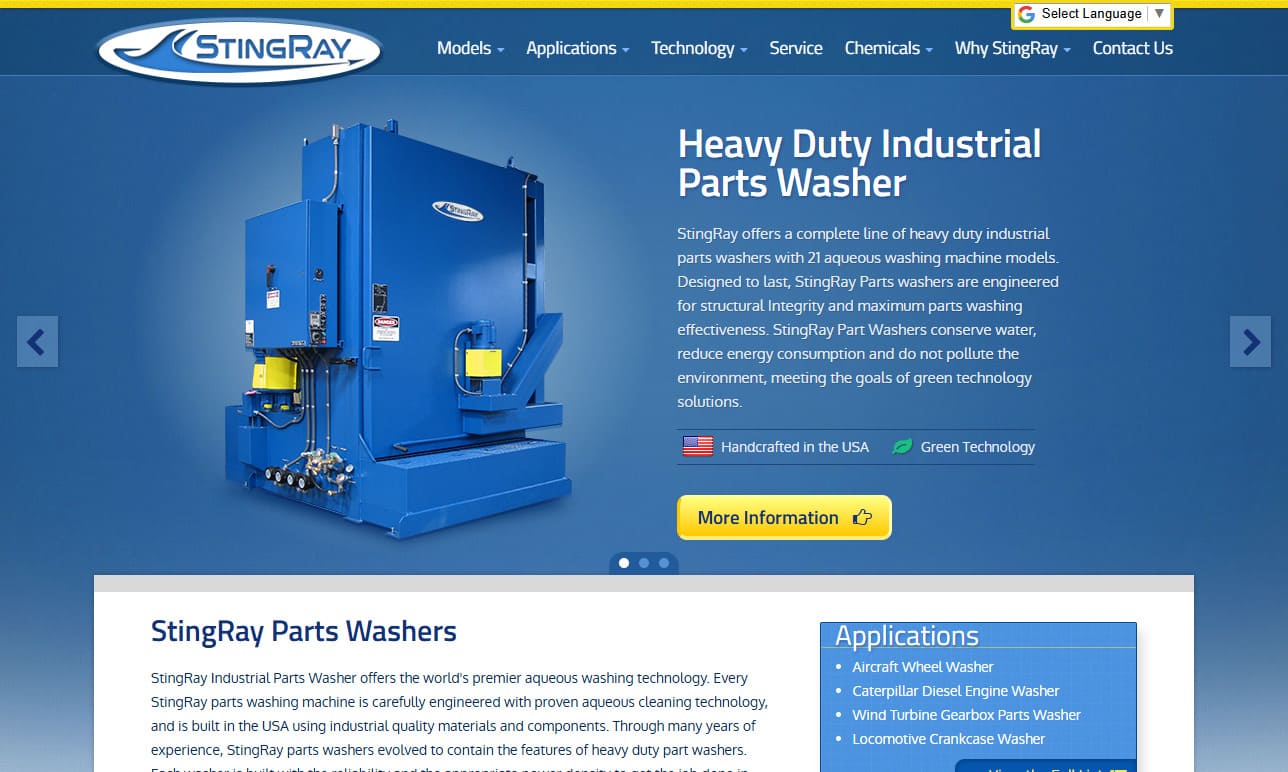
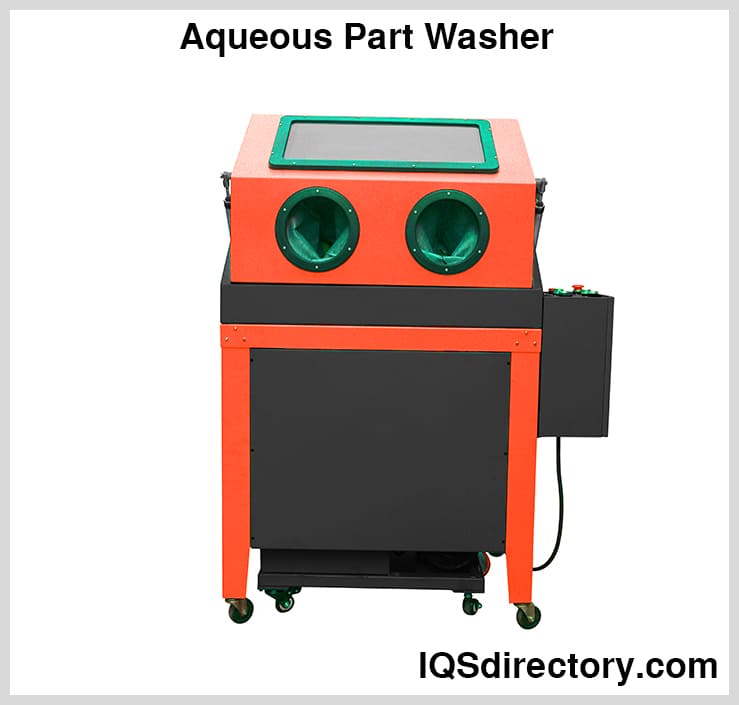
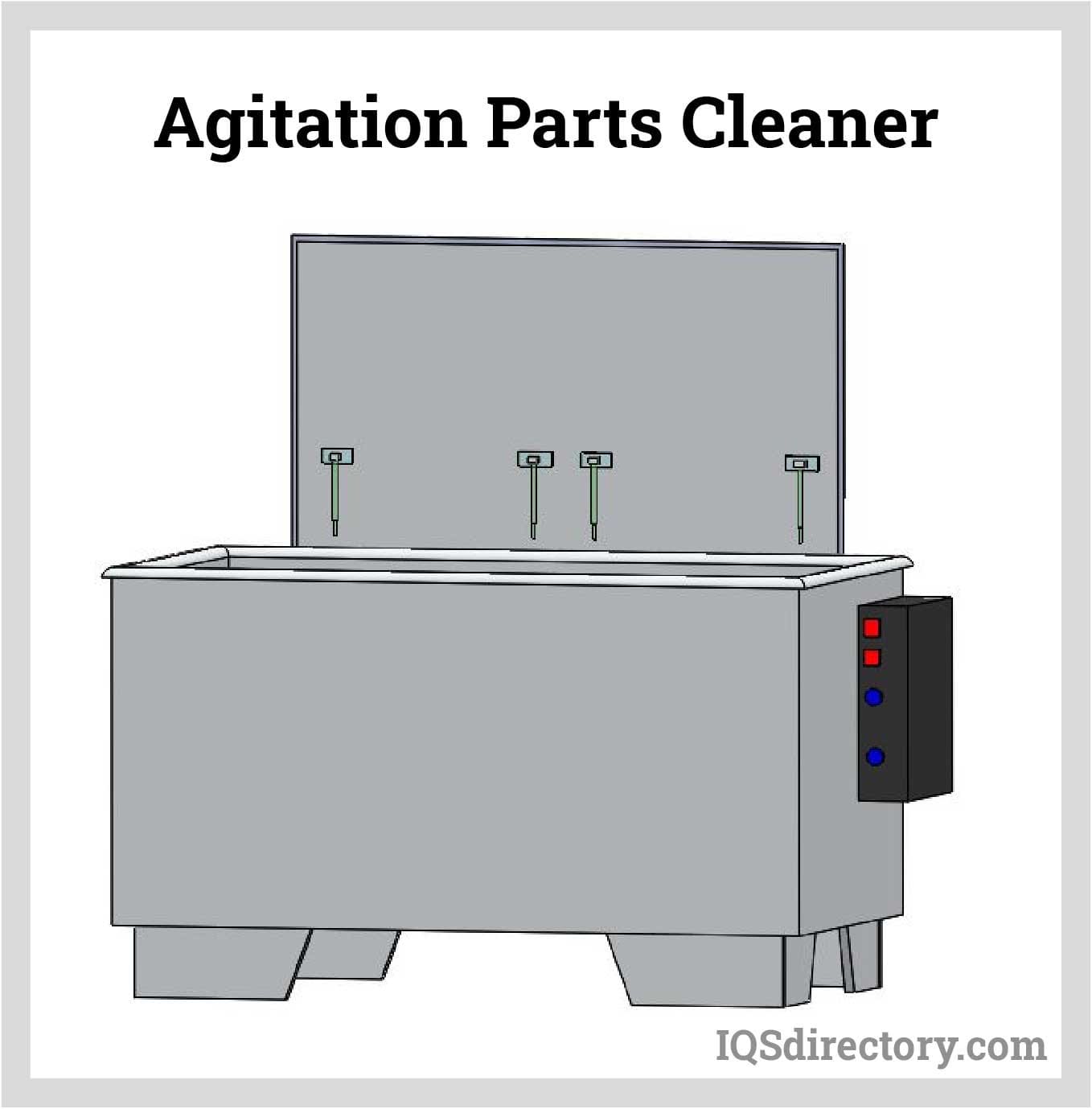
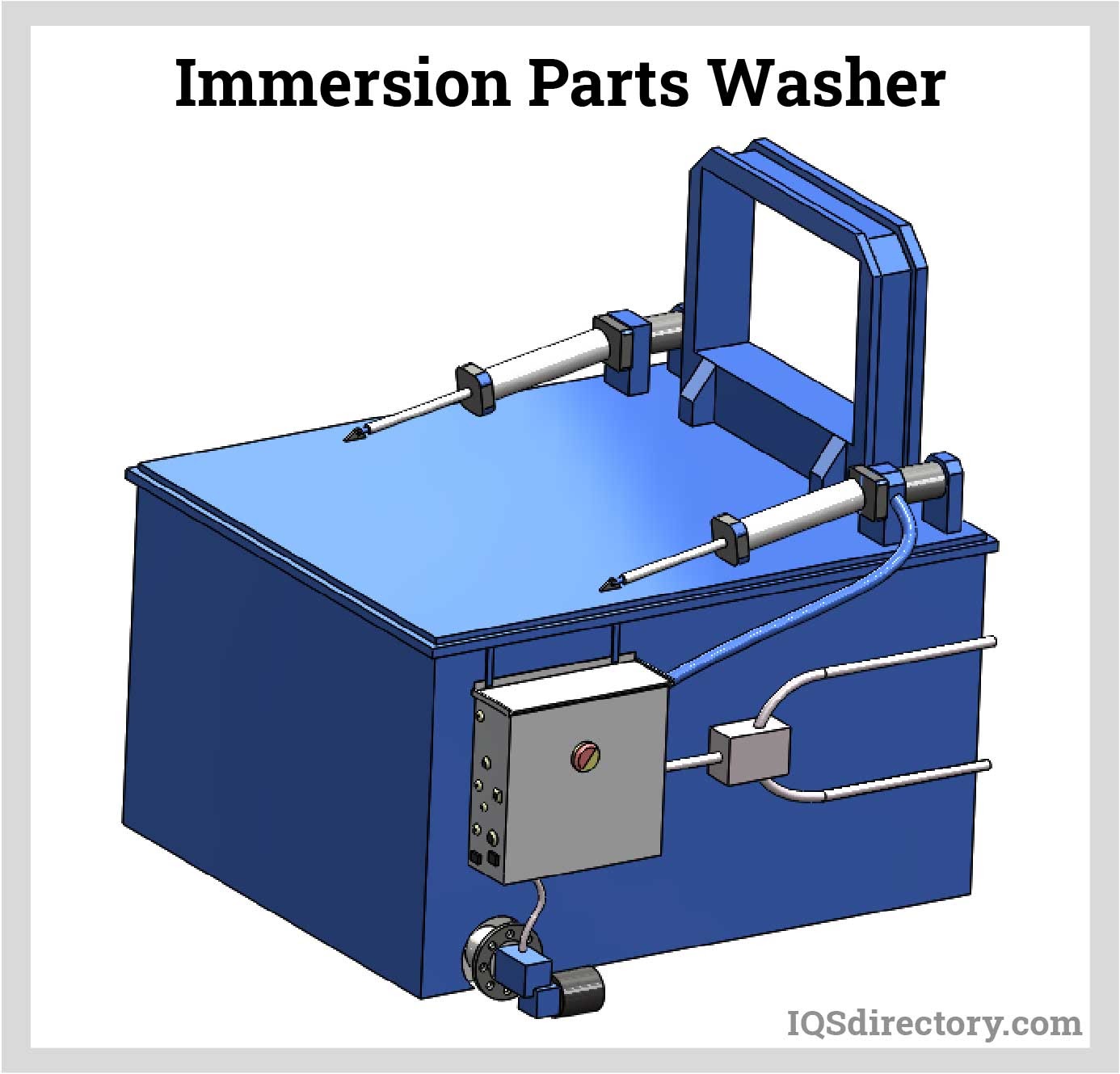
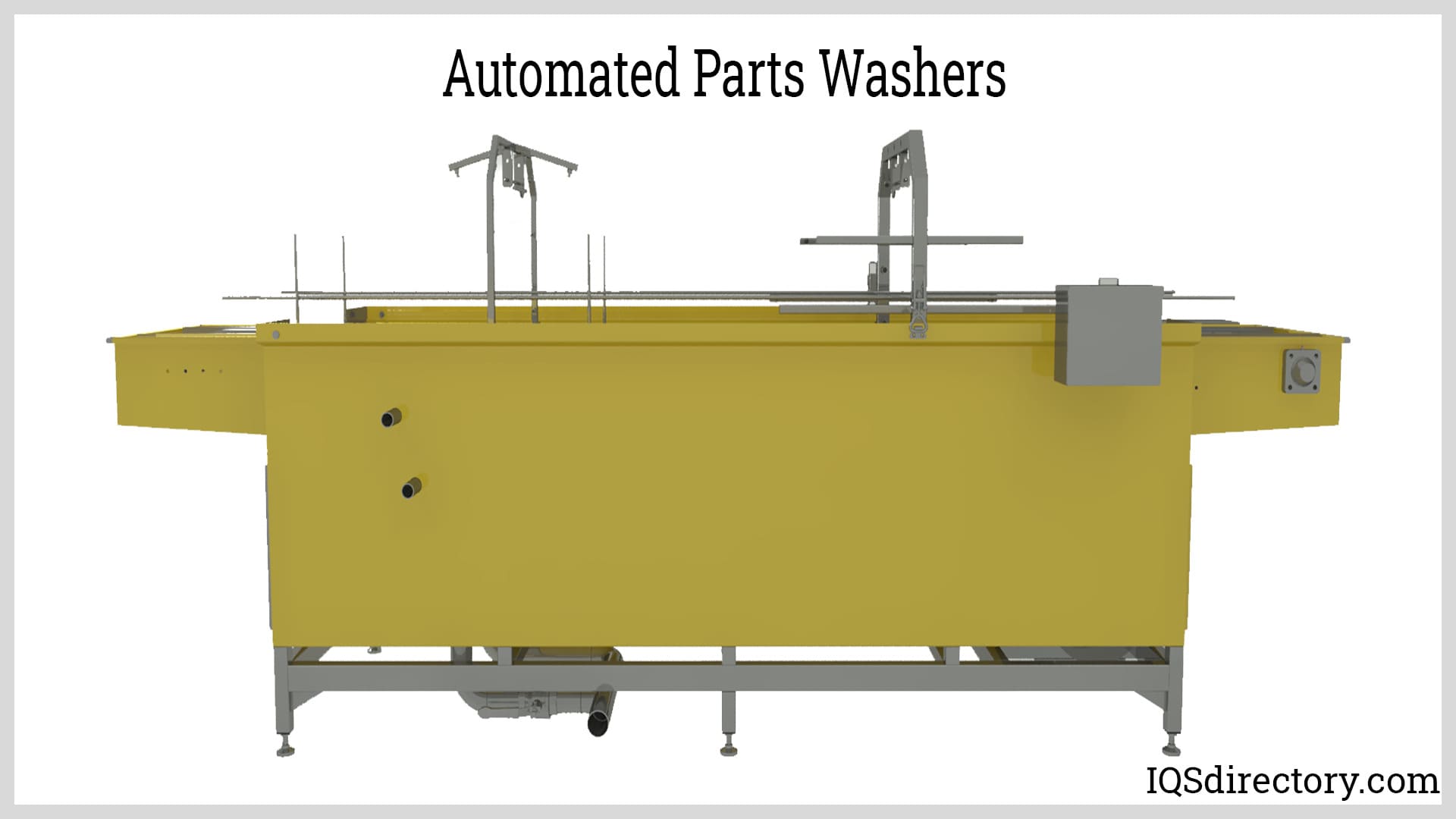
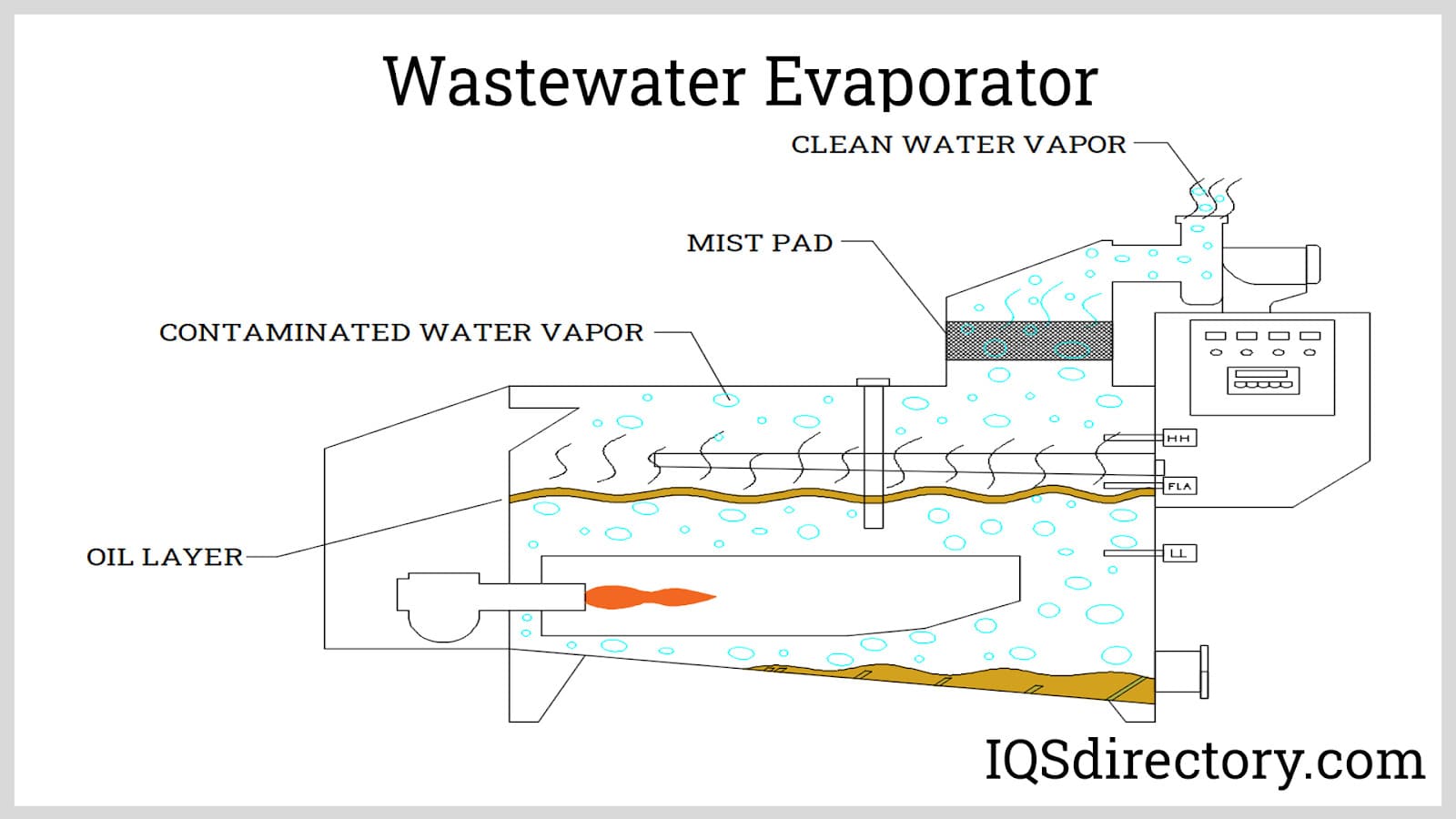
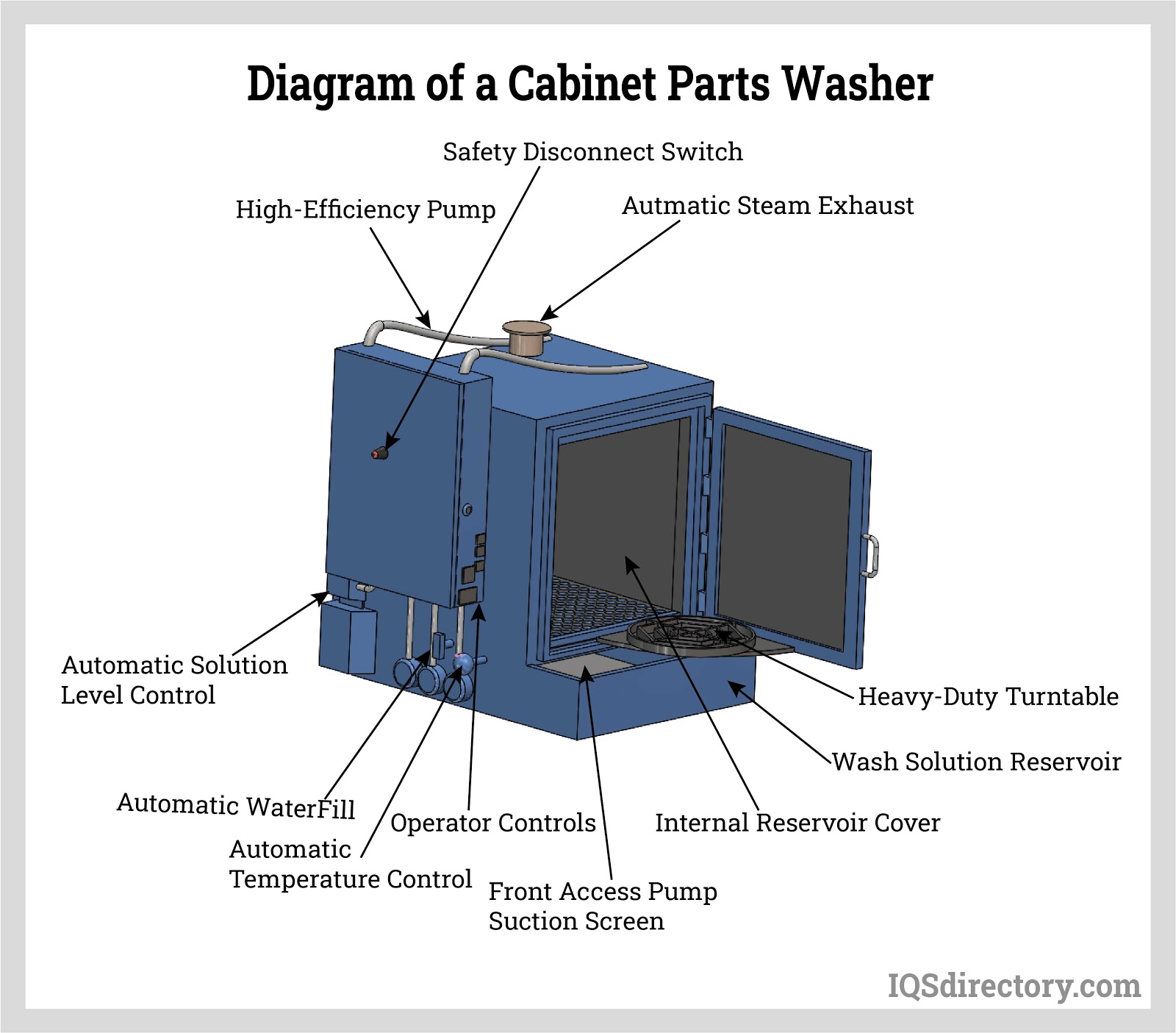
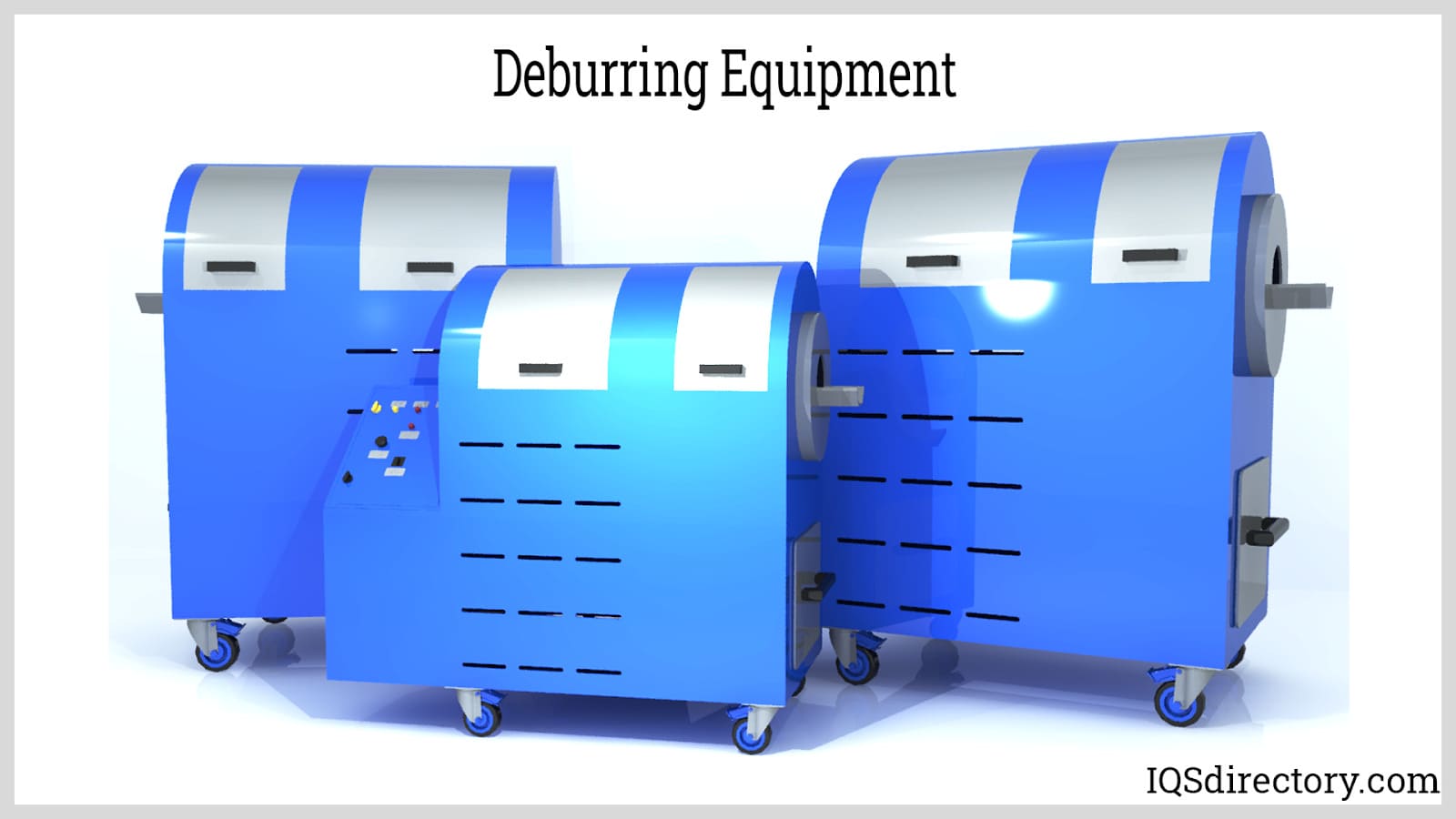
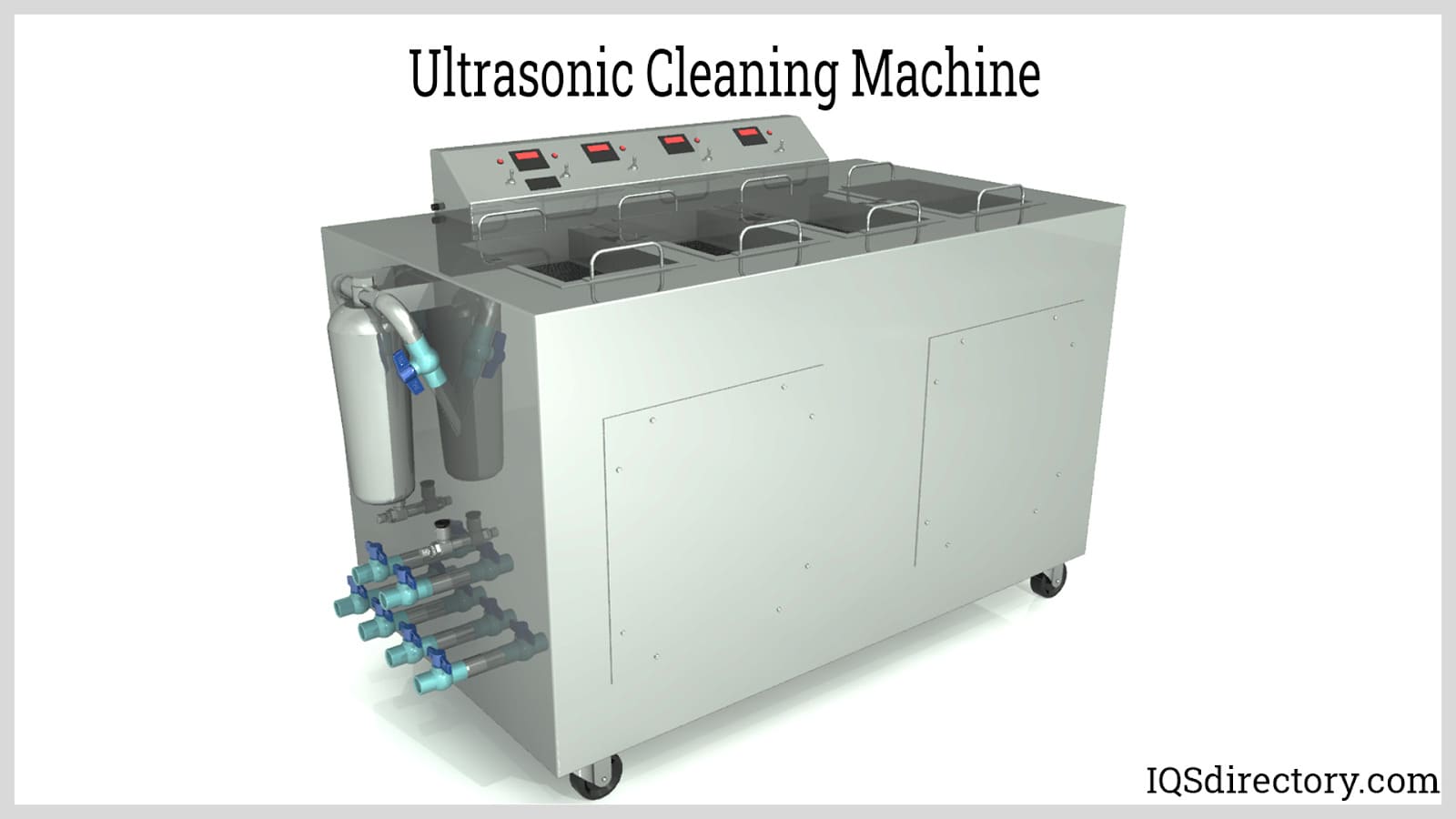
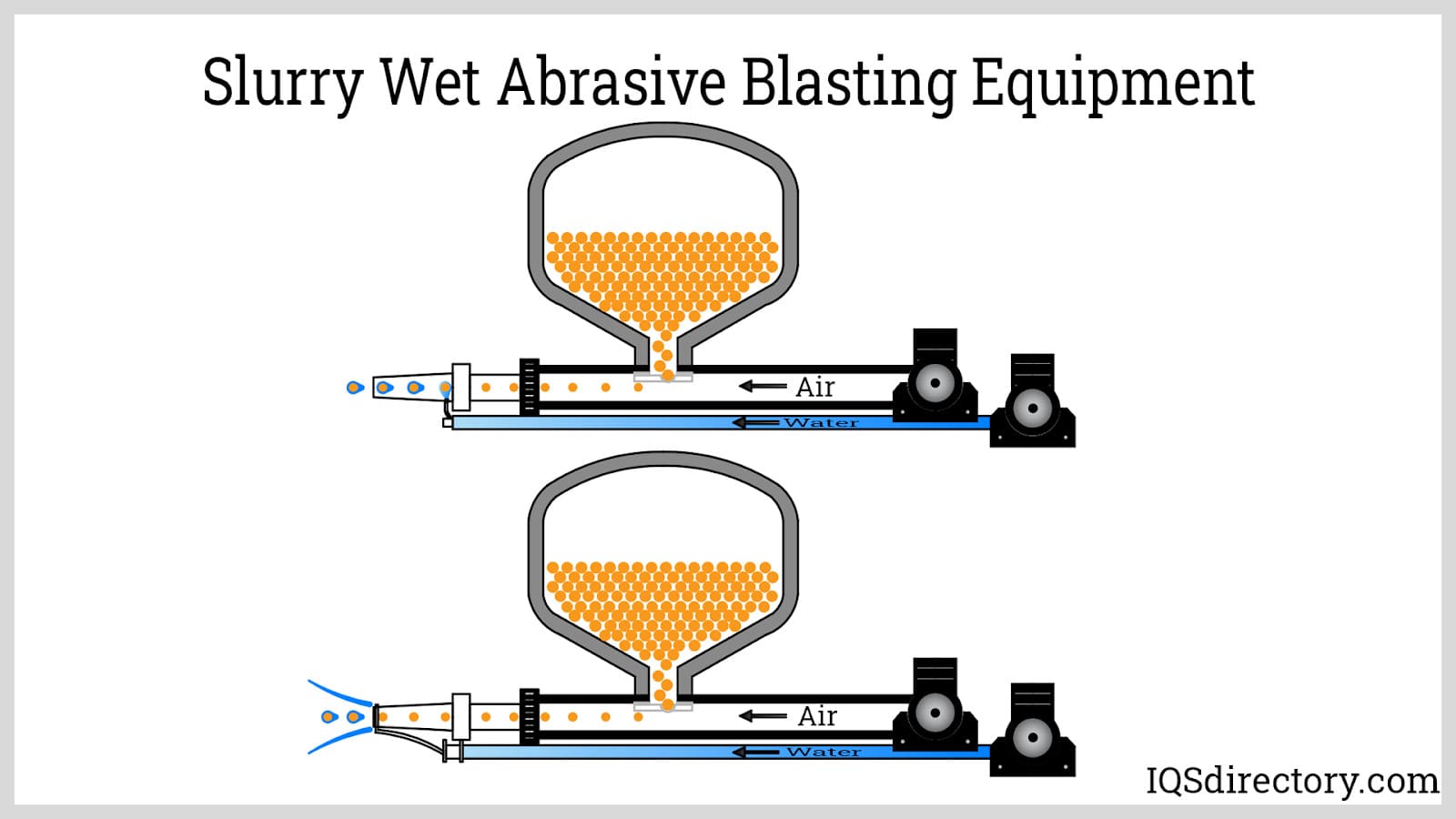
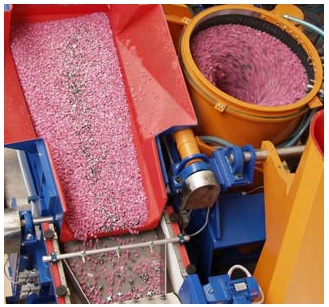 Deburring Machinery
Deburring Machinery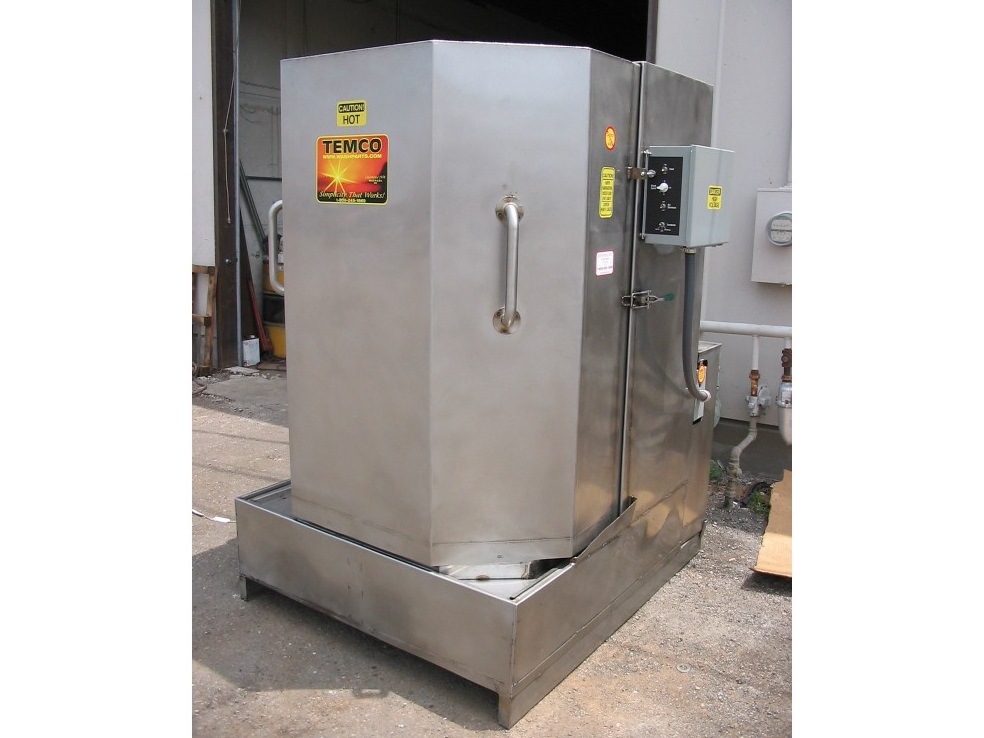 Industrial Parts Washers
Industrial Parts Washers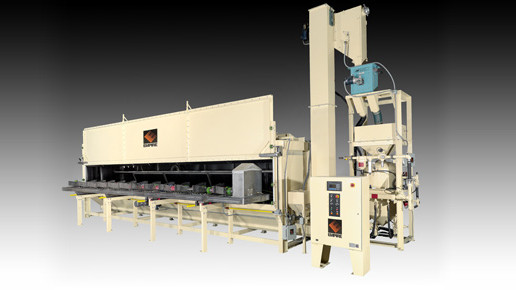 Sandblast Equipment
Sandblast Equipment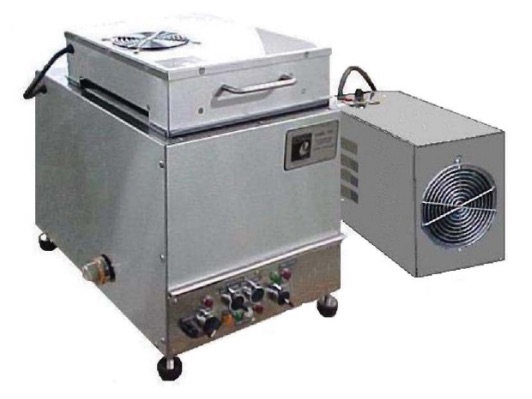 Ultrasonic Cleaners
Ultrasonic Cleaners Castings & Forgings
Castings & Forgings Bulk Material Handling
Bulk Material Handling Electrical & Electronic Components
Electrical & Electronic Components Flow Instrumentation
Flow Instrumentation Hardware
Hardware Material Handling Equipment
Material Handling Equipment Metal Cutting Services
Metal Cutting Services Metal Forming Services
Metal Forming Services Metal Suppliers
Metal Suppliers Motion Control Products
Motion Control Products Plant & Facility Equipment
Plant & Facility Equipment Plant & Facility Supplies
Plant & Facility Supplies Plastic Molding Processes
Plastic Molding Processes Pumps & Valves
Pumps & Valves Recycling Equipment
Recycling Equipment Rubber Products & Services
Rubber Products & Services